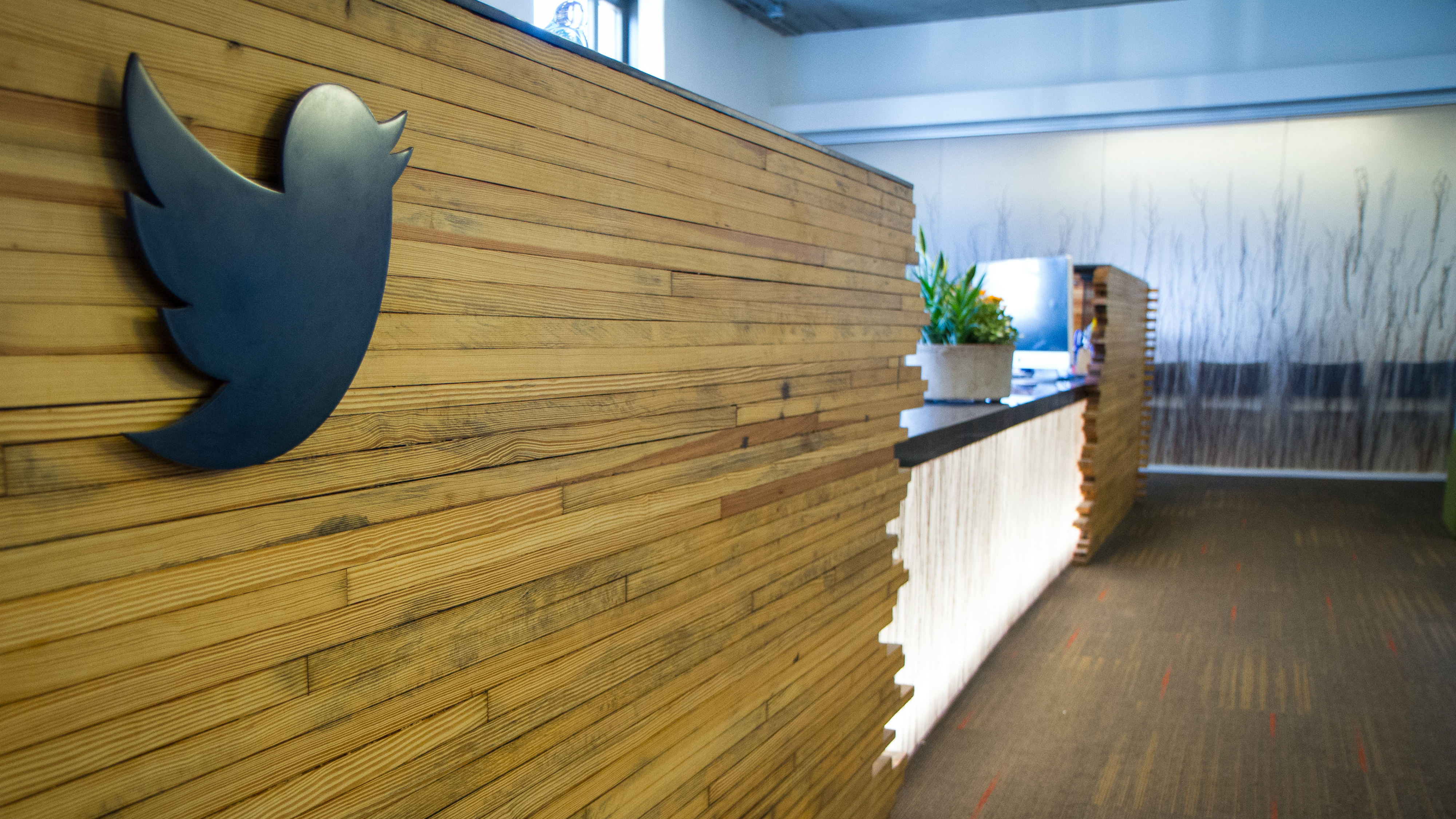Getting Twitter right: how to perfect your business tweeting strategy
Twitter is essential – and businesses need to get it right

Social media is very much an evolving phenomenon. New forms of communication and ways of making connections arise frequently in the digital space. Occasionally one of them sticks – think Facebook, Twitter, Instagram and Pinterest. More often, one has a 'moment' but doesn't quite stick. Think Google Plus, Quora and Flickr.
In the early days of social media, sites we thought had stuck came unstuck, or were usurped by young pretenders. Friends Reunited made way for MySpace, which in turn and despite numerous attempts at revamps, acquiesced to Facebook.
Twitter is only the second social network to truly stick fast. It has evolved since its inception to house photographs and other media, and successfully monetised itself without driving loyal users away. Crucially it has remained free at the point of use. We have reached the stage whereby companies must add 'a Twitter feed' to their increasing list of things to do, on top of the phone number, website, contact email and Facebook page.
This important background explains why certain brands and businesses have opted not to have a Twitter feed. To leap on every social media bandwagon could turn out to be a waste of time. However, given Twitter's huge success relative to other platforms, it also shows prioritising Twitter is essential for brands if they are to successfully engage audiences.
Flawed thinking
Given the proliferation of social media and the increasing ways in which customers can contact businesses – phone, email, website, Facebook – some businesses might consider a Twitter feed superfluous, taking into account the wide range of alternative methods by which customers can get in touch. This thinking is flawed.
If your customer or potential customer is on Twitter and can't talk to you, they won't necessarily switch to another method or channel that suits your business. They will, instead, talk to another brand or company that is on Twitter and will engage on this preferred channel.
As a result, a Twitter strategy is essential if brands are to simply stand still, let alone engage new consumers and drive growth. It doesn't matter if your company deals in media and communications, orange juice or sanitary towels. Somebody, somewhere is going to be talking about you and they will expect you to be listening.
Are you a pro? Subscribe to our newsletter
Sign up to the TechRadar Pro newsletter to get all the top news, opinion, features and guidance your business needs to succeed!
Customers also want to feel a connection with the brands with which they choose to interact. They want to feel their choices say something about them, that their tastes and preferences are reflected, and that their ethical and moral position is upheld or even demonstrated by the brands they choose to buy.
Twitter statement
A Twitter feed acts as a short, succinct insight into your brand and company. It tells customers about you and your brand, in a language they can understand. Customers aren't going to read lengthy mission statements and press releases written in corporate jargon. Your everyday interactions will tell customers everything they need to know.
In one sense companies don't need to think a great deal about a Twitter strategy, because social media is very transparent. A successful Twitter feed is simply an authentic representation of the person or company it speaks for. What this authenticity looks and sounds like is the area in which more thought is often needed.
There is no magic formula for the perfect tweet. But there are some guidelines you can follow to ensure that the content on your Twitter feed is relevant, useful and interesting to the people who follow you.
Get the tone of voice right
A Twitter feed must reflect the 'voice' of the overall brand or business it represents, and in a way it also becomes the voice. For this reason, a successful brand or business Twitter feed is often manned by just one person.